There’s a Key Ingredient in All the Successful Video Game TV Shows
"Pistol packin' mama, lay that thing down before it goes off and hurts somebody ..." - Bing Crosby
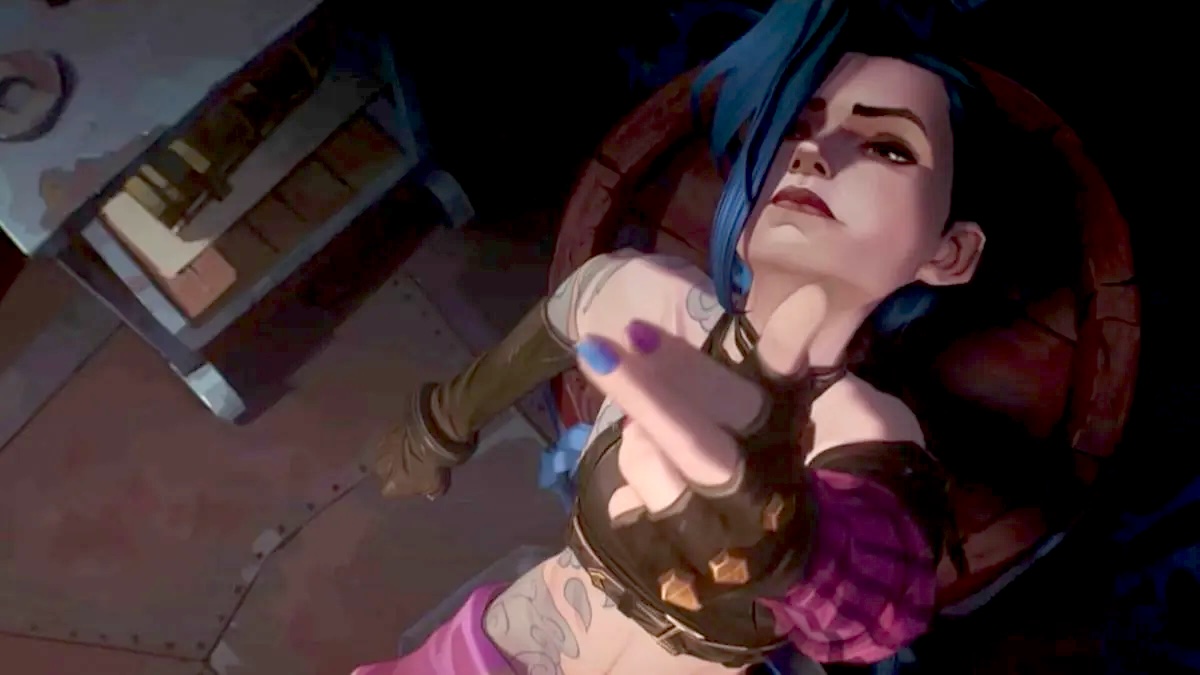
HBO’s The Last of Us and Prime Video’s Fallout are brilliant adaptations of very different video games. Many insist they herald a “golden age” of video game adaptation. However, one equally brilliant adaptation predates them: Neflix’s Arcane.
Despite League of Legends adaptation Arcane being animated, it’s no less effective an adaptation and no less ambitious. It’s a story told through beautiful artwork, brilliant writing, and compelling voice performances led by Hailee Steinfeld as Vi and Ella Purnell (who plays Lucy on Fallout!) as her sister, Jinx.
In 2021, Arcane became Netflix’s #1 English-language show in 52 countries. The Last of Us surpassed House of the Dragon in viewers during its first season, becoming HBO’s second most-watched show after Game of Thrones. And, as of April 29, Fallout became Prime Video’s second most-watched debut ever (after Rings of Power), with over 65 million viewers (and counting!) watching its first season.
When Arcane is included, you’ll notice an element it shares with both TLoU and Fallout that might be the key to the success of all three shows: young/innocent female characters becoming killers.
**Beware spoilers for Arcane, The Last of Us, and Fallout.**
Powder becomes Jinx
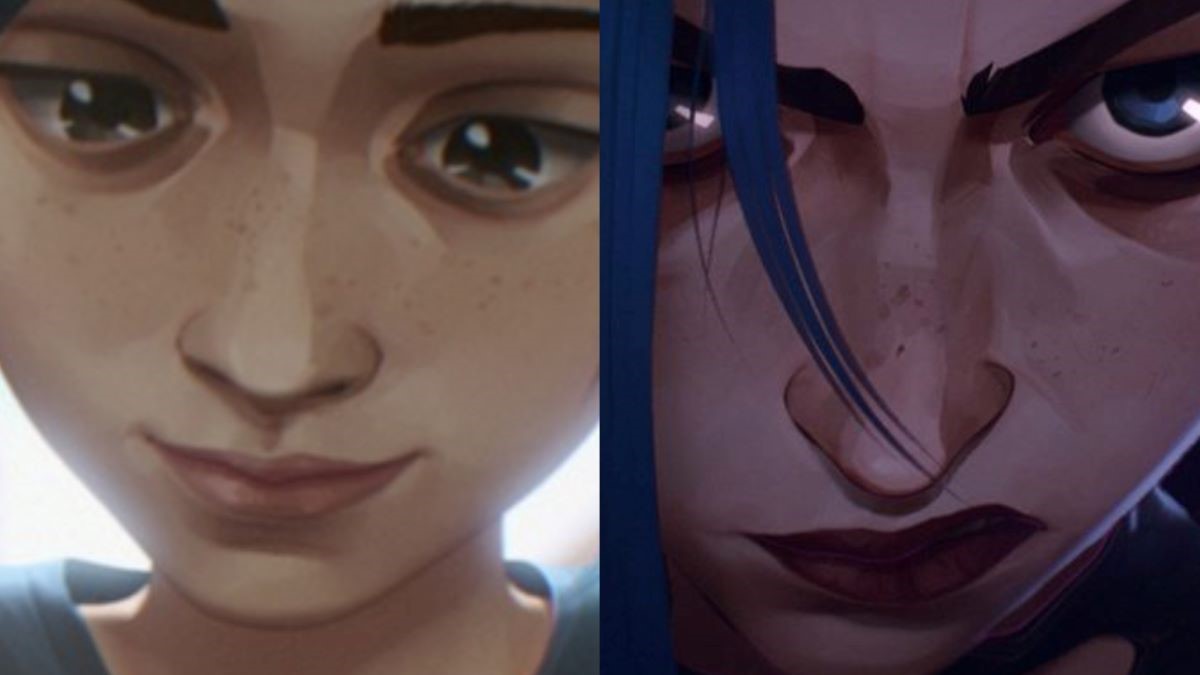
Arcane delves into the story of League of Legends characters Violet and Powder (a.k.a. Vi and Jinx), delivering a complex, nuanced relationship between these orphaned sisters.
Little Powder idolizes Vi and wants to prove her worth to their small gang. She’s a skilled machinist, but her desire to prove herself causes her to make some big mistakes, like accidentally shattering a magical crystal she steals during a heist, causing an explosion. She loses the loot when the gang is chased afterwards. Then, in a heartbreaking moment two episodes later, she accidentally causes the deaths of two friends.
A grieving Vi hits Powder, calling her a “jinx” before walking away. Powder, who already feels terrible, is now doubly heartbroken because her sister has seemingly abandoned her. This makes her vulnerable to the influence of the show’s antagonist, Silco (Jason Spisak), who has similar abandonment issues. He takes Powder under his wing, encouraging her sort-of villain era.
I say “sort-of,” because while Powder leans into her destructive tendencies and embraces the moniker “Jinx,” the wounded little girl who wants her sister’s love and approval is never gone. It’s heartbreaking to watch teenage Jinx purposely shove Powder down whenever she starts feeling vulnerability.
Ellie becomes Joel
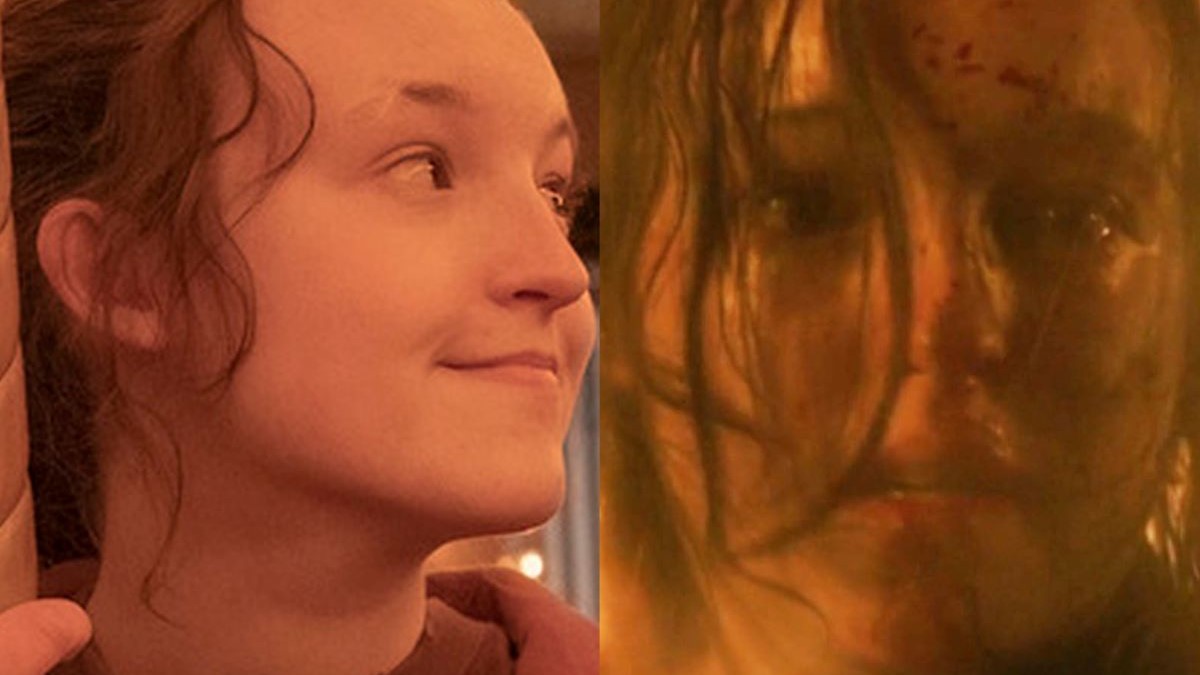
Ellie’s journey from innocence to violence is out of order on The Last of Us. When we meet Ellie (Bella Ramsey), she’s cursing like a sailor, sticking infected with a knife to see what’ll happen, marveling at Joel (Pedro Pascal) pummeling a guy to death to protect her, and shooting a man to protect Joel.
Then, in an episode titled “Left Behind,” based on the DLC of the same name, we meet Ellie That Was, a girl coming of age during an apocalypse with the makings of a leader and a crush on her best friend, Riley (Storm Reid). As she and Riley spend a fun night together, Ellie is innocent, wide-eyed, and awkward while navigating her romantic feelings.
Both girls are bit by infected that night. They agree to allow themselves to “be all poetic and lose [their] minds together.” This isn’t shown onscreen, but we know that this is how Ellie learns about her immunity. Riley isn’t so lucky, and Ellie is forced to shoot the girl she loves. That moment marks her forever, making her increasingly comfortable with violence.
This culminates in some brutal self-defense in episode 8, when she’s captured by a cannibalistic preacher named David (Scott Shepherd). After biting off David’s finger while in a cage and killing her other captor (played by Troy Baker, the original voice of Joel), she brutally kills David, hacking away at his face with a cleaver over and over again.
Lucy becomes a Wastelander
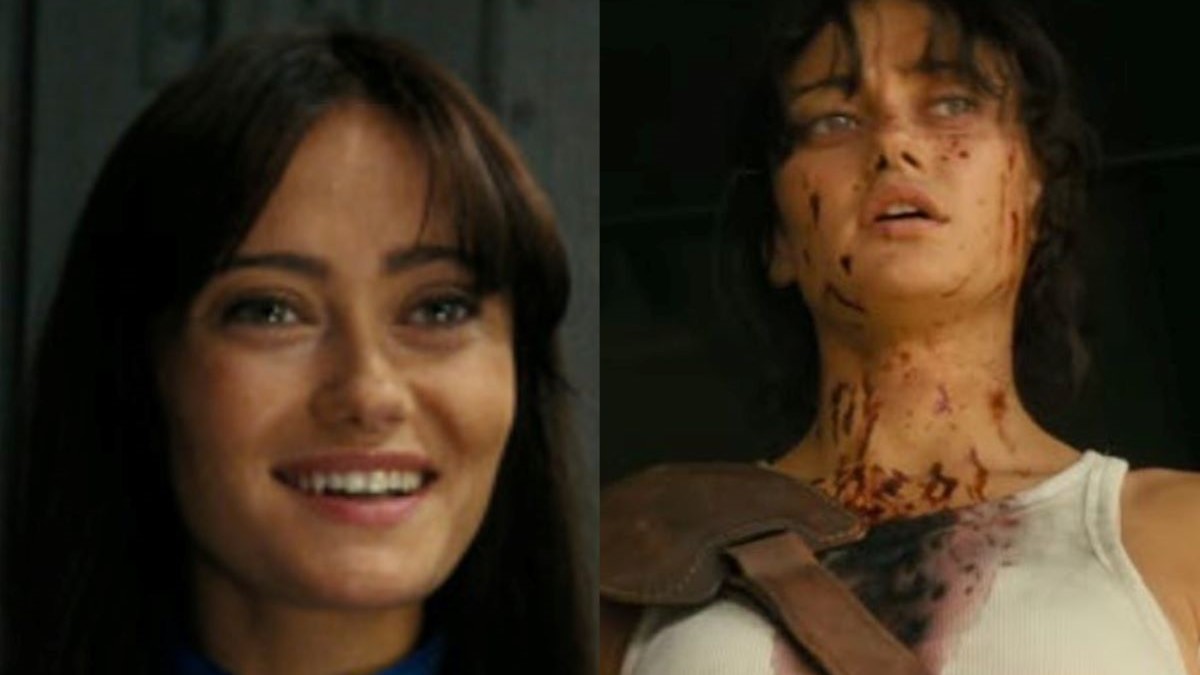
Unlike Jinx and Ellie, Lucy was wholly invented for the show. So it’s interesting that, despite being able to create any protagonist, the creators of Fallout also invented a naive young woman who becomes a person capable of killing.
Like Ellie and Jinx, Lucy was never so innocent or sheltered that she didn’t acquire the skills necessary to deal with the apocalyptic world she was born into. She excels at physical combat, shooting, and other S.P.E.C.I.A.L. skills, but Moldaver infiltrating Vault 33, causing a bloodbath, and kidnapping her father forces Lucy to activate her skills and leave the vault. Once in the Wasteland, she discovers her ability to behead someone and shoot her own mother to put her out of her misery.
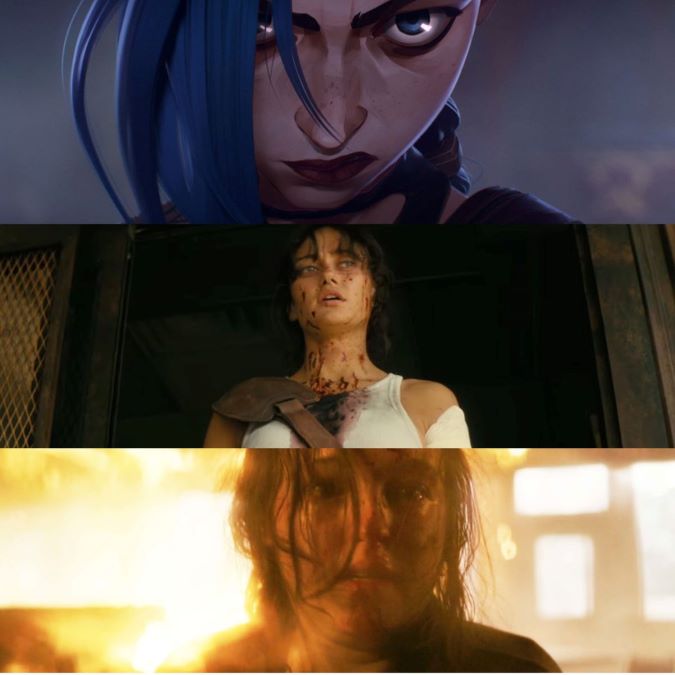
While their circumstances turn them into people who can kill, none of these characters becomes someone who lacks a conscience. What makes them fascinating is that each character still has the innocent girl they once were inside them somewhere, fighting to reassert herself.
It’s this complexity, specifically in female characters, who tend to bear the brunt of the violence and inequity in any post-apocalyptic setting, that makes the storytelling so successful and draws audiences to these shows.
Remember Twisted Metal?

Peacock’s Twisted Metal is a fun and often poignant vide game adaptation. Like Fallout and Arcane, it’s an adaptation of a game that had no definitive protagonist.
The show’s protagonist is John Doe (Anthony Mackie), but his partner-in-crime Quiet (Stephanie Beatriz) was once an innocent girl who ended up in forced servitude and eventually escaping a Stepford-like community along with her brother (Richard Cabral). By the time her brother’s forced to shoot himself to save her, Quiet seeks vengeance against the cop responsible, and violence has become a second language.
Twisted Metal’s great, but it hasn’t drawn numbers like the others. Could viewers be less interested in a male protagonist in a video game adaptation? Might audiences be more interested in watching female characters in video game adaptations having nuanced, complex emotional journeys?
What do you think? Sound off in the comments!
(featured image: Netflix)
Have a tip we should know? [email protected]